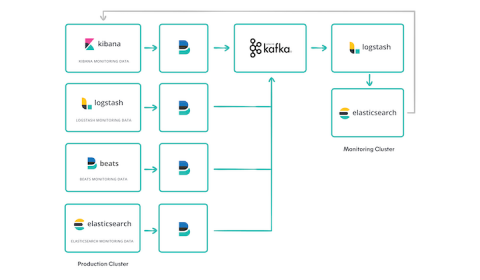Elastic on Elastic: Securing our endpoints with Elastic Security
This blog post is one in an occasional series about how we at Elastic embrace our own technology. The Elastic InfoSec team is responsible for securing Elastic and responding to threats. We use our products everywhere we can — and for more than just logs. By harnessing the power and breadth of capabilities of the Elastic Stack, we are working on tracking risk and performance metrics, threat intelligence, our control framework, and control conformance information within Elastic.







